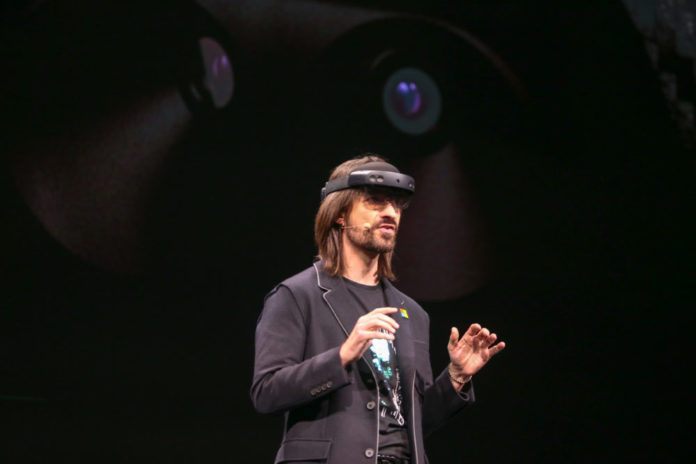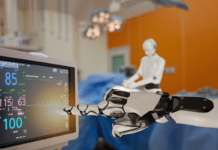By: Nick Gambino
At this year’s Mobile World Congress (MWC) in Barcelona, Microsoft introduced us to the long-awaited HoloLens 2.
The sequel to the Microsoft mixed reality headset is what you’d expect from a second version that’s being released four years after the first. The HoloLens 2 is lighter and all-around smaller, making for a more comfortable wear for longer periods of time. But that’s not the major selling point.
This new version features a wider field of view, allowing for a more immersive experience. This was a criticism often hurled at the first HoloLens – the field of view was just too small. This is no minor point when you’re trying to hawk something as a reality-based tech product, but right out the gate, you’re violating the basic field of view that makes someone feel like they’re in reality. In other words, if it doesn’t feel like you’re using your own eyeballs to see the world, the constructed reality is a tough sell.
In order to accomplish this wider field of view, Microsoft had to return to the drawing board and throw out the basic display tech used in the previous model. If you’re interested in the specifics of the tech you can read the specs released by Microsoft. One thing they are still using are waveguides, which are the little glass plates in front of your eyes that reflect holograms.
“There’s no competition for the next two or three years that can come close to this level of fidelity in the waveguides,” Microsoft GM of Optics Engineering Zulfi Alam stated.
Taking it even further, the HoloLens 2 allows for more natural hand movements to interact with digital imagery. The original HoloLens wasn’t that sophisticated. In fact, it required you to use little pinches to select and grab objects. It was pretty awkward to say the least. With the new intuitive understanding of your natural hand movements and how you desire to interact with objects, the HoloLens 2 further ups the reality-based experience.
Now, this new headset isn’t being marketed to the general consumer. Its target user is the professional who’s hands-on with equipment and other complex machinery but doesn’t necessarily have a tablet or smartphone access or compatibility with the work they perform.
The HoloLens 2 will hit the market later this year with a hefty $3,500 price tag.










